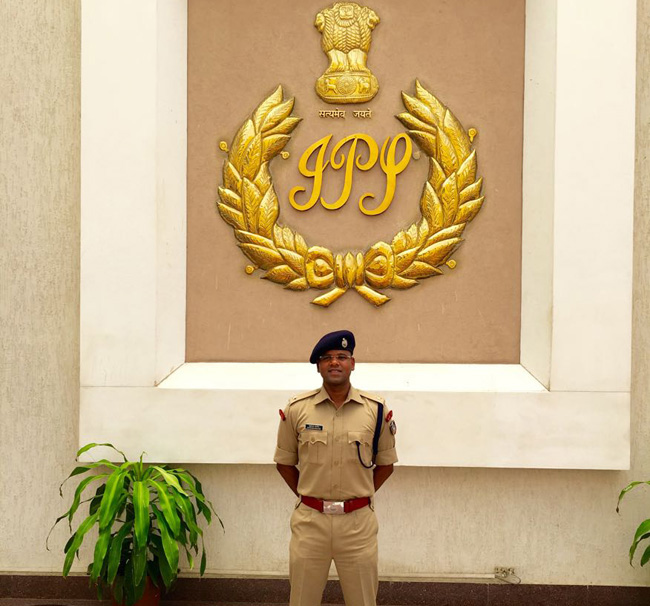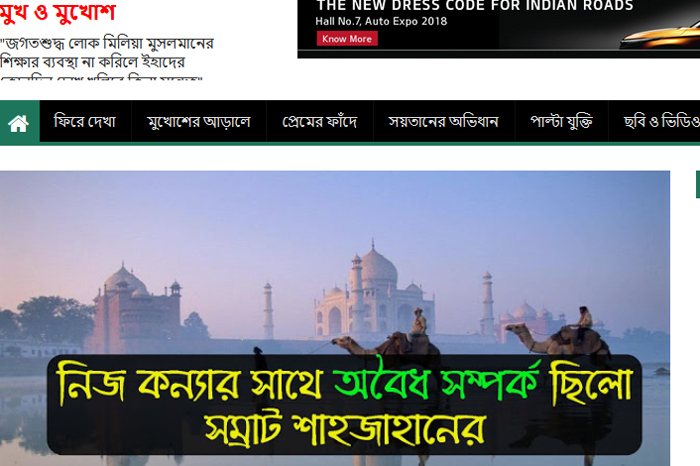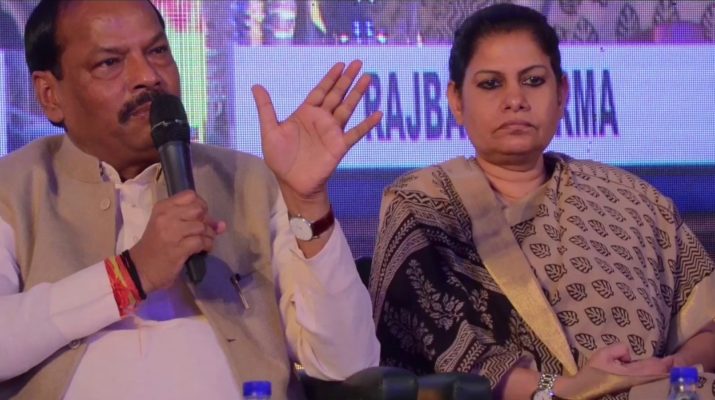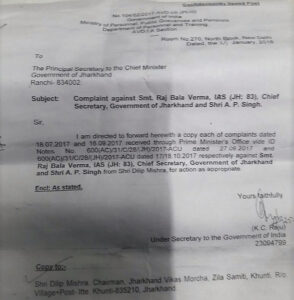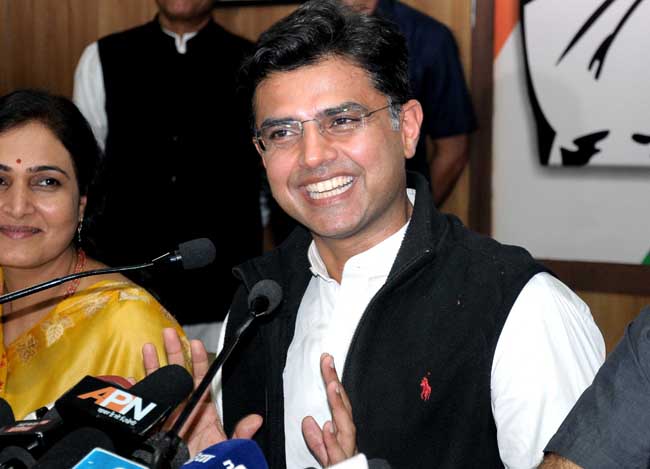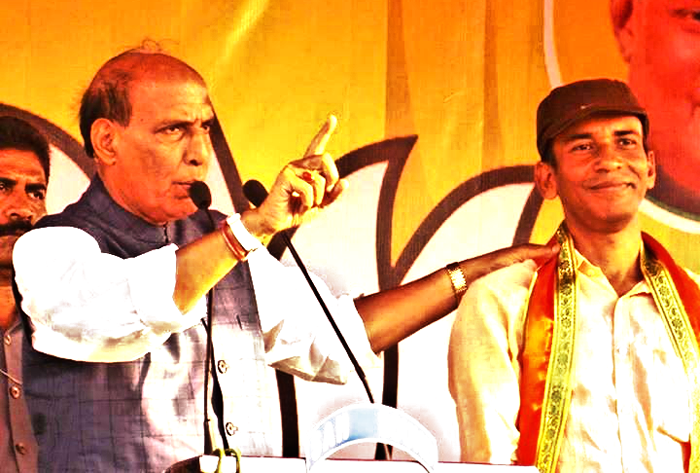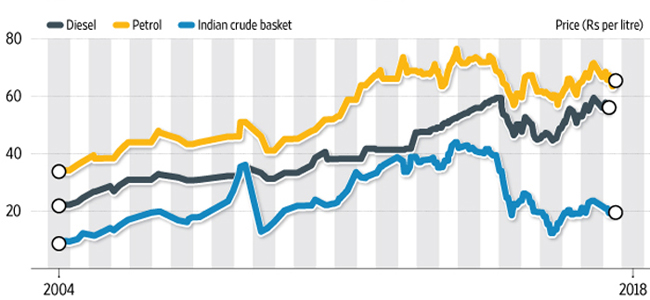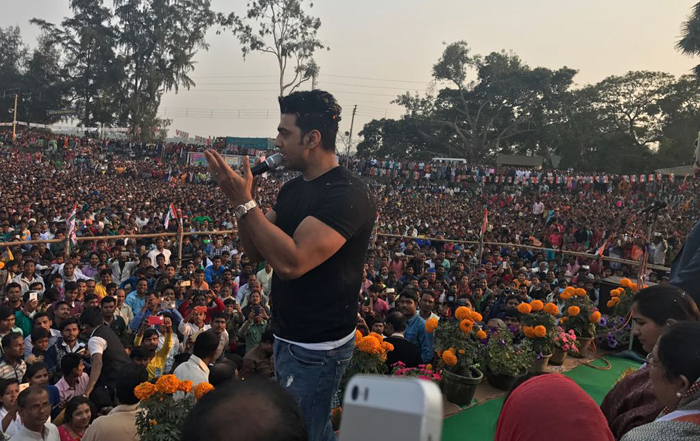Ranchi: It is no secret that most government employees do not want to work in rural areas, be it babus or officers. Let alone, being posted in naxal infested area. But, then exceptions always prove the rule. Take the example of young Indian Police Service (IPS) officer, Ehtesham Waquarib, posted in Chatra district of Jharkhand. Not only does he like being posted there but also sees an opportunity in it.
Located 130 kilometres away from Ranchi, Jharkhand’s capital, Chatra is one of the poorest districts of the mineral rich state, and a hot-bed for naxal activities.
“Jharkhand is my home cadre. And I am fortunate enough to get it as my cadre. Our state is infested with naxals and its splinter groups. About 18 of 24 districts are naxal affected. Being posted in one such district, I see these challenges as an opportunity to grow. As an IPS officer I can bring about a positive change in Jharkhand, I believe,” Ehtesham told eNewsroom.
The 2015 batch IPS officer seeing opportunity comes from his background, Ehtesham is a doctor too. Before clearing Union Public Service Commission (UPSC), Ehtesham did his MBBS and MD from AMU, Aligarh.
“UPSC was always my goal and as a member of AIS (All India Service) whether IAS or IPS, I believe I can always contribute towards solving the grass root problems of the masses. And in latter stage of my career, I will be handling policy decisions matters, which will affect the nation as a whole,” said the 32-year-old officer. “As an MD with community medicine, I have left a lucrative career with WHO to serve the other land,” he added.
Ehtesham, posted as Assistant Superintendent of Police (ASP) in his first posting, was also part of the recent raid against illegal inter-state sand trading in Chatra. The raid was led by Superintendent of Police Chatra, Akhilesh Bariar. More than 100 heavy vehicles of Bihar, Uttar Pradesh and Guwahati were seized. At least 30 people have been arrested including drivers, truck owners and sand mafias from the spot, in one of the biggest raids in the district.
A resident of Giridih, Jharkhand, however, the journey so far, was not an easy one, as he hails from a very humble background.
“I did not feel that I was going through a difficult phase, as my focus was to work hard and achieve my goal of cracking UPSC. Of course, I had a back up of medical degree to fall back on if I failed. It was my background (medical education) which gave me enough courage to go for UPSC full throttle without any fear of failure,” Ehtesham, who love to read and travel, elaborated.
May the tribe increase!


